
Here’s What You Will Learn in This Blog
Introduction
Today’s DevOps and infrastructure teams are expected to keep operations running flawlessly, 24/7. Yet many are still stuck relying on static dashboards, manual thresholds, and after-the-fact alerts. These outdated tools make it challenging to detect real-time issues, adapt to system complexity, or respond before users are impacted.
That’s where AI-powered monitoring solutions come in. With the help of real-time monitoring, AI automation, and intelligent platforms like Azure Monitoring, operations teams are making a dramatic shift—from reactive troubleshooting to proactive performance optimization.
A recent IDC study reports that companies using AI for infrastructure monitoring reduced their mean time to resolution (MTTR) by 60%. Meanwhile, 73% of organizations that deployed AI automation in their operations reported fewer incidents and improved service reliability.
It’s clear: static dashboards are no longer enough. Let’s explore why AI is redefining how operations teams monitor and respond to critical events.
The Limitations of Static Dashboards
For years, static dashboards were the go-to monitoring tools. But in today’s hybrid, multi-cloud environments, their limitations are hard to ignore:
- Reactive Alerts: Teams only get notified after a problem disrupts operations.
- Alert Fatigue: The prevalence of false positives makes it challenging to distinguish between real threats and false alarms.
- Limited Insight: Dashboards show symptoms, not root causes.
- Manual Log Reviews: Sifting through logs eats up hours, delaying responses.
In complex environments with microservices, containers, and dynamic scaling, static dashboards can’t keep up. You need intelligent, real-time systems that anticipate issues and take action before damage is done.
What Is AI-Powered Real-Time Monitoring?
AI-powered real-time monitoring is the next evolution in observability. Instead of manually setting rules and thresholds, AI continuously learns from your system’s data and user behaviors to spot anomalies, detect patterns, and even automate responses.
Here’s what sets it apart:
- Anomaly Detection: AI distinguishes between noise and critical signals.
- Predictive Alerts: Get notified before systems fail or thresholds are breached.
- Automated Remediation: AI triggers self-healing scripts and rollbacks.
- Contextual Correlation: Logs, metrics, traces, and user data are analyzed together to provide a comprehensive view of the data.
This isn’t just more innovative monitoring—it’s AI automation that transforms your entire operations stack.
Azure Monitoring + AI: The Modern Stack
Microsoft’s Azure Monitoring ecosystem is already robust, offering insights across applications, infrastructure, and network layers. But when integrated with AI capabilities, it becomes a powerhouse for real-time observability.
Key Azure components:
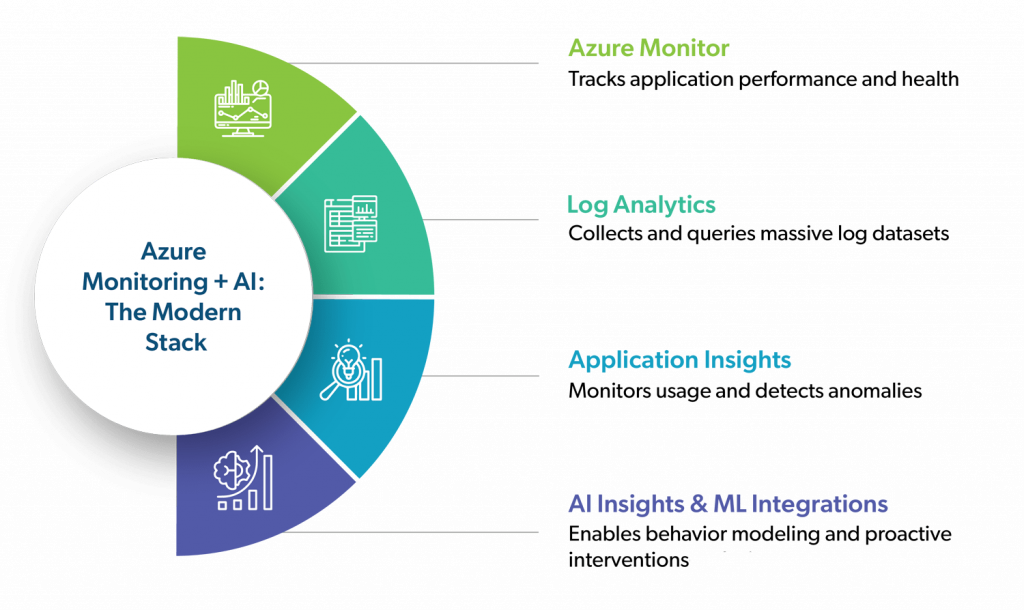
With AI automation, teams can:
- Reduce alert volume by up to 40%
- Identify root causes within minutes
- Predict issues based on historic and real-time data
Want to explore how it works in action?
Visit our AI + Azure Log Analysis & Error Detection page
Real Use Cases of AI Monitoring in DevOps & Infra
Across industries, real-time AI monitoring is reshaping how operations teams function:
For DevOps Teams:
- Smarter Alerting: AI ranks alerts based on severity and correlation.
- Code Deployment Monitoring: Rollback automation based on performance degradation.
- Continuous Integration Visibility: Flags CI/CD pipeline failures before they impact production.
For Infrastructure Teams:
- Predictive Maintenance: Detects hardware or service degradation before failure·
- Capacity Forecasting: AI recommends scaling strategies based on usage trends·
- Network Optimization: Identifies bandwidth anomalies and reroutes traffic intelligently·
According to Splunk’s State of Observability Report, teams using AI-powered monitoring experience 3X faster incident resolution and 50% lower downtime-related costs.
Implementing AI Monitoring in Your Environment
Getting started with AI-driven monitoring doesn’t require an overhaul· Follow this phased approach:
Assess Tooling Maturity: Inventory your current monitoring tools and integrations.
Connect Azure Monitoring with AI Tools: Integrate log analytics with AI pipelines or third-party AI observability platforms.
Define Alert Governance: Use AI to eliminate redundant alerts and set dynamic thresholds.
Run a Pilot: Test on one critical system or application; monitor metrics like MTTR, alert volume, false positives.
Scale Smartly: Expand to other environments with standardized playbooks and automation policies.
Managed Services for Scalable Monitoring
While in-house teams can kickstart AI observability, scaling it across hybrid environments often requires expert support.
At Nsight, our Managed Services provide:
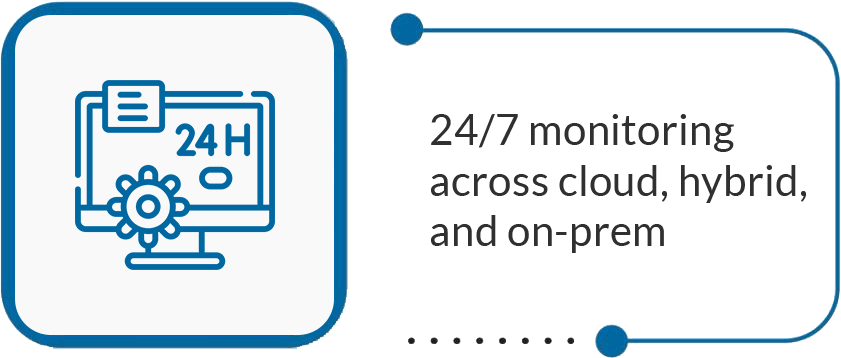
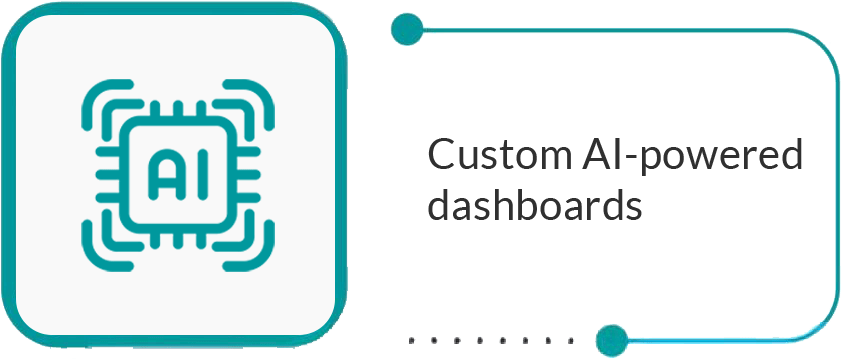
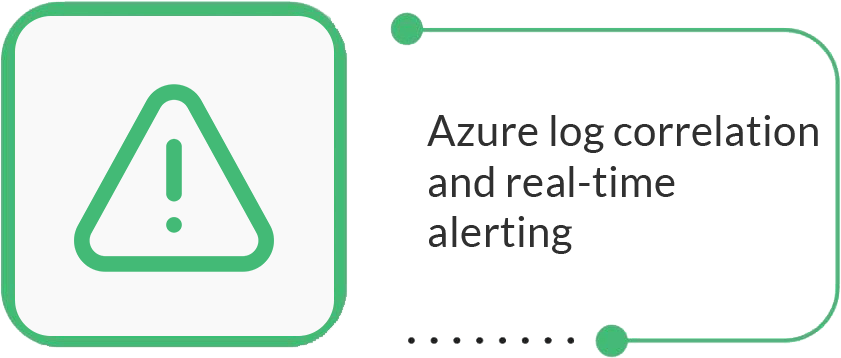
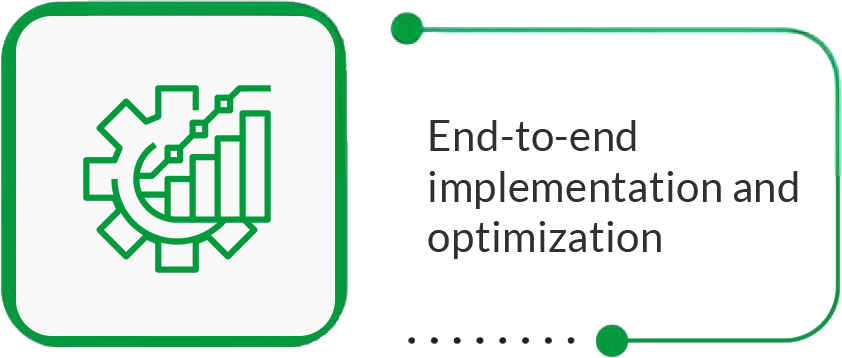
Discover Our Managed Services Now
Experience AI in Action
Tired of alert overload, slow troubleshooting, and siloed dashboards?
Request a personalized demo and see how real-time AI monitoring can:
- Cut downtime in half
- Slash incident response times
- Boost infrastructure visibility and automation
Conclusion Why AI Monitoring Is the Future of Operations
Real-time monitoring powered by AI is not just a tech upgrade—it’s a strategic enabler. For DevOps and infrastructure teams, it means:
- Less firefighting, more innovation
- Proactive system health management
- Faster, more intelligent responses without the noise
Traditional monitoring tools, though reliable for basic metrics, often fall short in dynamic, distributed environments where systems evolve rapidly. Static dashboards may alert you to a problem, but they rarely explain why it occurred or how to resolve it. AI bridges this gap by analyzing data from every layer—code, infrastructure, and user behavior—and providing actionable insights in real-time.
By leveraging AI automation, organizations can break free from manual analysis and repetitive incident triaging. Teams no longer waste hours sifting through logs or tracking down false alarms· Instead, AI pinpoints root causes and even recommends or initiates solutions automatically.
The benefits extend beyond faster resolution. AI-driven monitoring reduces operational costs, increases uptime, improves customer satisfaction, and enhances security posture by identifying anomalies before they escalate into breaches. It empowers engineering and DevOps teams to shift left, catching issues earlier in the pipeline when they’re easier and cheaper to fix.
Moreover, AI-powered platforms continually learn and adapt, becoming increasingly precise with each incident. The self-learning nature of AI ensures that your monitoring system evolves in tandem with your infrastructure, applications, and business demands.
As cloud adoption grows and IT landscapes become increasingly complex, observability is no longer optional—it’s a competitive advantage. Real-time monitoring with AI transforms operations from reactive to predictive and, eventually, to autonomous.
If your team still relies on siloed metrics, static graphs, and outdated alerts, now is the time to rethink your strategy. Integrating AI-powered monitoring solutions isn’t just future-proofing—it’s unlocking real-time control over the performance, reliability, and resilience of your systems.
Frequently Asked Questions (FAQs)
AI detects hidden patterns, correlates multi-source data in real time, and initiates auto-responses—functions that static dashboards lack.
Azure Monitoring offers native AI features and integrates with ML platforms for behavior modeling, anomaly detection, and automated actions.
Yes. AI tools can unify and analyze data from on-prem, cloud, and multi-cloud infrastructures with real-time precision.
Let your infrastructure work for you-intelligently, automatically, and in real time.
About the Author

Deepak Agarwal, a digital and AI transformation expert with over 16 years of experience, is dedicated to assisting clients from various industries in realizing their business goals through digital innovation. He has a deep understanding of the unique challenges and opportunities, and he is passionate about using cutting-edge technologies to solve real-world business problems. He has a proven track record of success in helping clients improve operations, increase efficiency, and reduce costs through emerging technologies.





